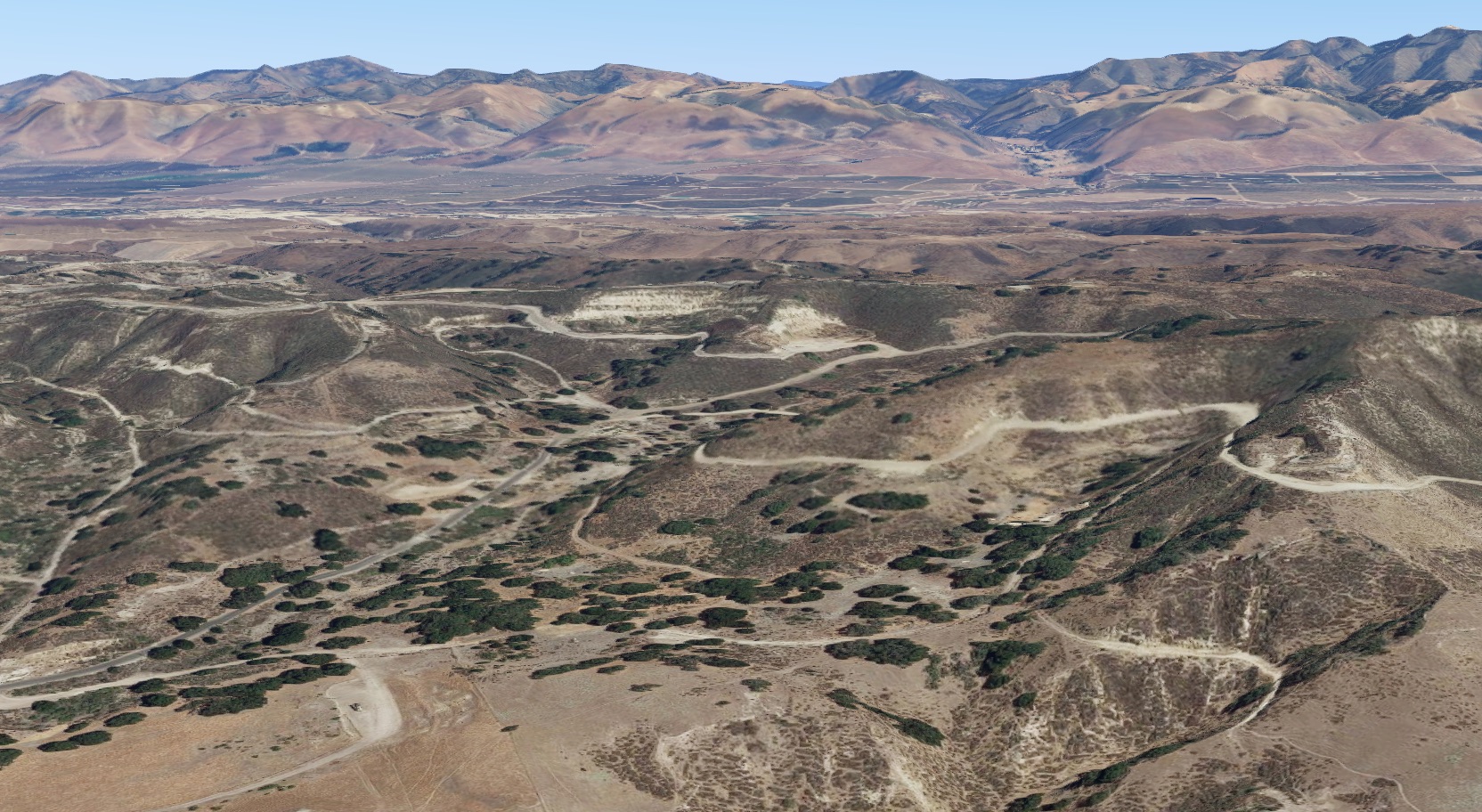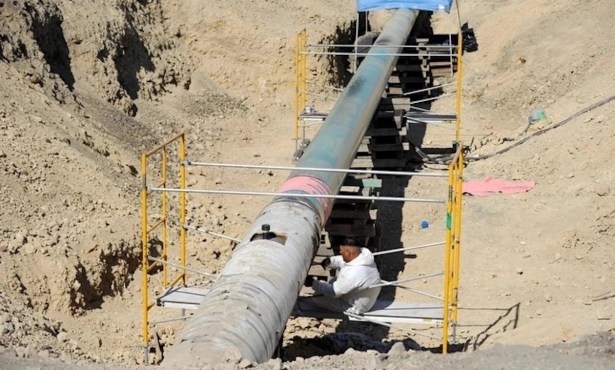Aera Pulls Plug on Cat Canyon Oil Proposal
Company Wanted to Expand Its Cyclic Steam Injection Operations

Aera Energy announced it was pulling the plug on its application to expand cyclic steam injection operations at its Cat Canyon fields just outside Santa Maria, long a focus of significant concern by local environmental organizations. The company’s spokesperson, Rick Rust, said that the cataclysmic plunge in the world oil markets — describing it gently as “global uncertainties” — coupled with the political uncertainty facing Aera’s project if and when it got appealed to the County Board of Supervisors drove the company’s decision.
Traditionally, environmental organizations didn’t focus much on onshore oil developments, but that all changed as escalating concerns over global warming came to occupy center stage in political debates regarding oil production. Aera’s was one of three proposals slated for Cat Canyon that relied on an energy-intensive oil extraction technology — injecting steam deep into the ground to loosen the bountiful hydrocarbons from the soils to which they adhere. Those projects combined would have generated about 700,000 metric tons of greenhouse gases a year, and, as a result, they became the focus of concerted environmental opposition.
Aera’s proposal was slated to have gone before the County Planning Commission last summer, then it was delayed until this January, and then it was delayed again. Aera, a partnership of ExxonMobil and Shell oil companies, could read the political tea leaves as well as anyone; last fall, the company submitted revised plans that would have reduced the number of wells from 296 to 185, explaining that, in the words of spokesperson Rust, “We listen, we listen, we listen.”
Lawyers with the Environmental Defense Center — representing Sierra Club and the Santa Barbara County Action Committee — were decidedly unimpressed, dismissing it as a political stunt. They noted the company would still be producing the same amount of oil as initially proposed — a maximum of about 10,000 barrels a day — just from fewer wells. And that, they contended, would not reduce or offset the greenhouse gases produced. Members of the county’s Planning Commission made it clear that they wanted no new greenhouse gases before they could sign off on any new oil production at Cat Canyon.
Making Aera’s task more daunting, some commissioners also insisted that the company would need to offset greenhouse gases locally, not by planting new trees in Texas. Local offsets currently do not exist in the volumes required to make this a real possibility. Along the way, Aera has waged a vigorous public relations campaign, packing Planning Commission hearings with company employees wearing brightly colored safety vests and hard hats. They praised the company as a good employer that pays serious wages at a time when gig-economy workers find themselves scrounging to make a living wage.
Aera employees also testified about the safety-conscious culture they said the company both preached and practiced. Sierra Club activists disputed such arguments, and it was obvious to all that Aera’s chances at the Planning Commission and the Board of Supervisors — with Trump in the White House and local activists locked in on climate change — was slim at most. “This was not an easy decision,” Aera spokesperson Rust wrote. “Through the years we have been welcomed into the community with warm relations and partnerships by many people and organizations in Santa Barbara County. We appreciate all that they have done to assist us in our efforts, and we wish them continued success.”
John Zorovich, the planner heading the county’s Energy Division, stated that Aera’s announcement does not preclude the company from submitting a new application. The environmental impact report for this proposal, he noted, had never been finally certified and is currently still in draft form.
Of the three companies that were poised to expand their cyclic steam injection operations, only one — TerraCore (formerly known as ERG) — still has an ongoing application. Zorovich said TerrraCore is currently changing its proposed project description and will likely submit revised plans in July. He stated that the company is expected to include a solar-powered component to its application; solar power would be used to boil the water needed for the steam-injection process.
This new wrinkle had been strongly advocated by Planning Commissioner John Parke after having visiting Aera’s cyclic steam operation in Kern County, which deployed solar there. Aera had investigated the possibility of installing solar panels at Cat Canyon but rejected it on the grounds that they might intrude on animal habitat.
At the Santa Barbara Independent, our staff continues to cover every aspect of the COVID-19 pandemic. Support the important work we do by making a



